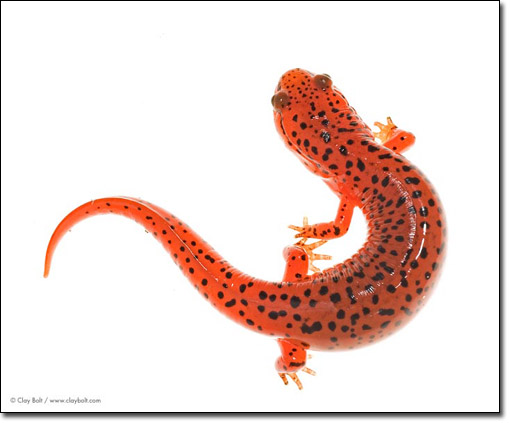Where did it all begin? A year ago, now. It began with too many words and not enough images. It began when I agreed to make a brochure for CES for its silver jubilee celebrations. I had a lot of text, a lot and very few images. And somehow an appealing document had to be woven from this. There was the cover to be made. What do you put on the cover of a document that is to be made for a whole department? That represents what everyone does, that keeps everyone happy.
The department’s logo a long time ago was designed with a Racket tailed drongo in it. It’s rarely used, but there was an idea someone had suggested. Now I didn’t have an image of this bird. And really I am not going to swipe something of the net. But there were
these images, they were hauntingly beautiful. Haunting in the niggling way like sand in your shoes. I wasn’t going to nick them, and I didn’t think we could organise to pay. So I set it aside.
Then I thought I would use the words somehow, the words to make the artwork. That was the first good idea I think. When I was younger, I used to think that somehow looking at other art would influence me, and make my work derivative. I’ve given that up now,
I’m of the Wharton school now. So I looked up what others had been doing. A lot of it then was stuff like
this. So well, I thought, I sure as hell am not going to do anything that requires me to do paste each word in to a template. So I thought, maybe I could reshape a sheet of words.
That’s where it got interesting. I remembered tag clouds. And I dug around and found
Wordle. I took the text from the brochure and plugged it in. Made lots of different shaped, coloured and fonted word clouds. Now what? Well, import them into Photoshop. Start to reshape them. How, well, see what you can use. You don’t want to cut words out, that’s clumsy. What you want is to shape them. And then I started a few simple techniques which gave me the results I wanted. Which will be obvious if you look at these images. This which may be familiar to IIScians and ended up on the poster was among the first products that satisfied me:

And there it was, the start of the word beasts. CES got its brochure and I love what I did for them. Here is what CES got, the front on the right, back on the left, think of it as wrapping around the book. I quite like it. It has everyone’s work right up there in front, it depicts the work in a sort of way as well, the ecology of it all. So I think, that went well finally and the drongo did find its way back, so, no more haunting.

But that was not and will not be the last of the word beasts. There are several more in the works, (slow and painstaking work unfortunately). Coming soon…









































